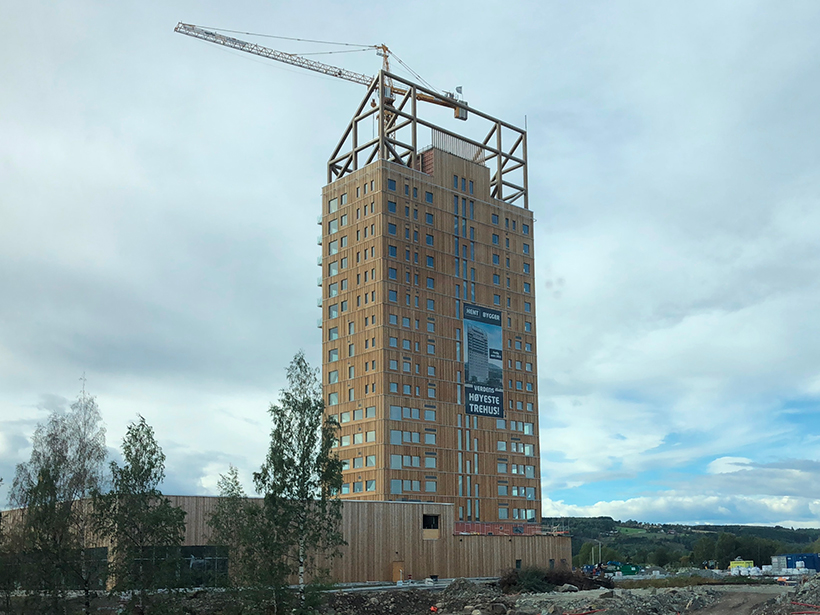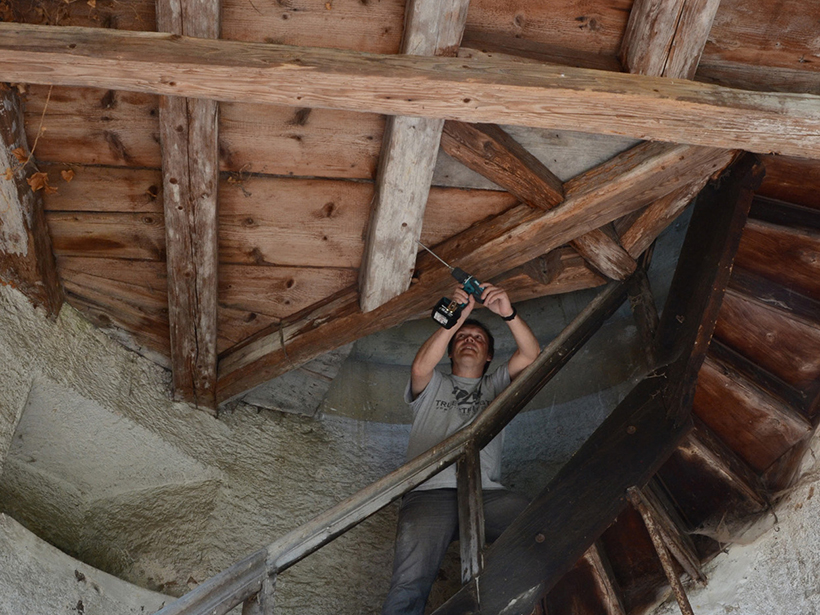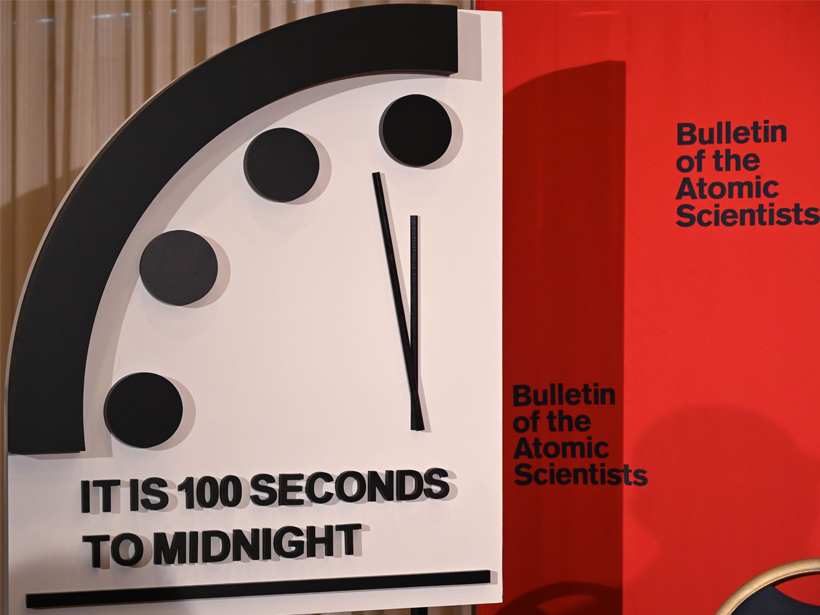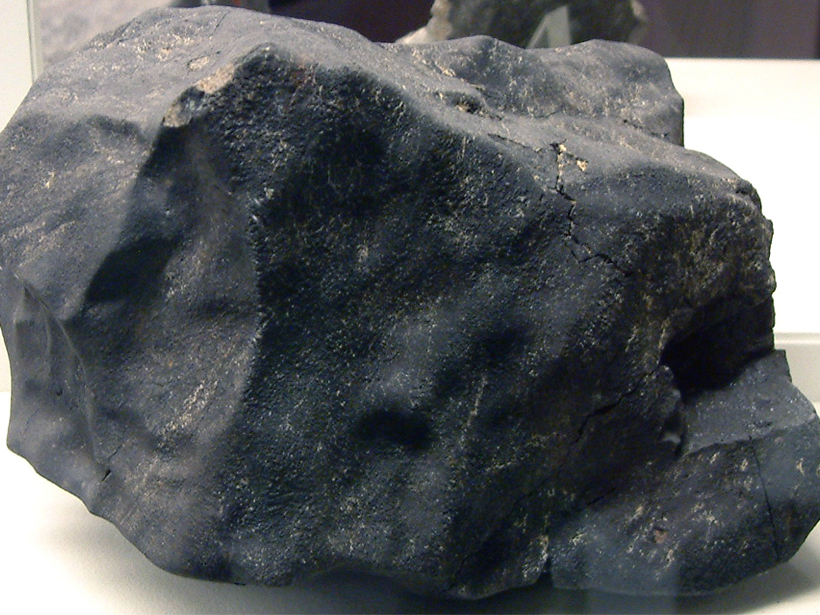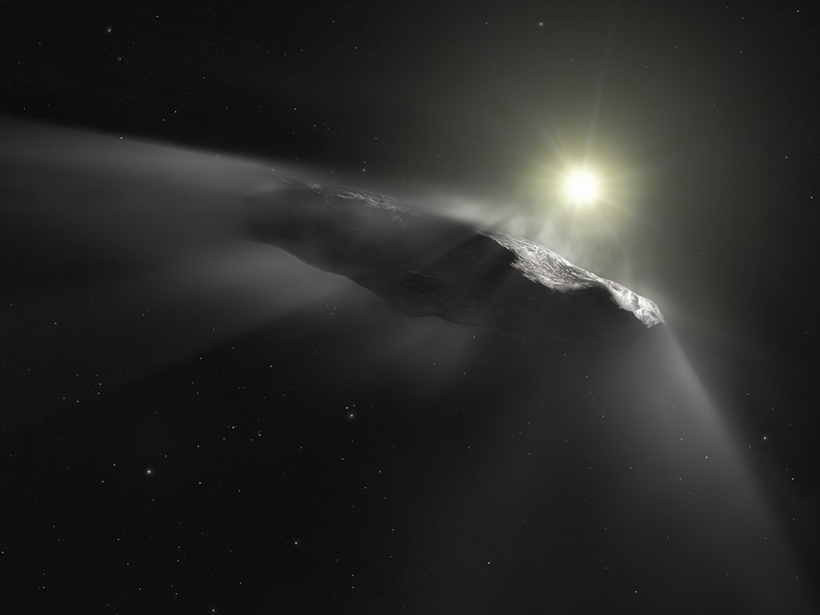An important Supreme Court case could have major ramifications on the interpretation of the Clean Water Act and environmental protection.
News
Wooden Buildings Could House the Carbon of the 21st Century
To keep carbon out of the atmosphere, researchers argue that we need to return to one of the world’s oldest building materials: wood.
Enjambre de Terremotos Inusuales Golpean a Puerto Rico
Puerto Rico no había visto tantos sismos fuertes en una sola secuencia desde que comenzó el monitoreo sísmico hace 46 años. El último terremoto que dañó la isla gravemente ocurrió en 1918.
Podcast: Discovering Europe’s History Through Its Timbers
An analysis of timber used to construct buildings in Europe hundreds of years ago is giving scientists and historians new insights into the region’s history from the 13th to 17th centuries.
Asteroids, Greta Thunberg, and Other Things That Make an Impact
What Earth and space science stories are we recommending this week?
Doomsday Clock Ticks Closer to Midnight
The dual threats of nuclear warfare and climate change move the needle to 100 seconds to midnight.
Dust Older Than the Sun Sheds Light on Galactic History
A small pile of dust grains older than the Sun brings new evidence about the rate at which stars are born in the Milky Way.
Remote Landslide Puts Fraser River Salmon on Shaky Ground
An alliance of First Nations, provincial, and federal leaders worked with scientists, engineers, and emergency responders to rescue critical salmon stocks in western Canada.
Interstellar Visitors Could Export Terrestrial Life to Other Stars
A handful of interstellar objects and long-period comets could have scooped up microorganisms from Earth and carried them to worlds around other stars.
The Shape of Watersheds
Streams in flatter watersheds have carbon cycles more sensitive to temperature increases.


